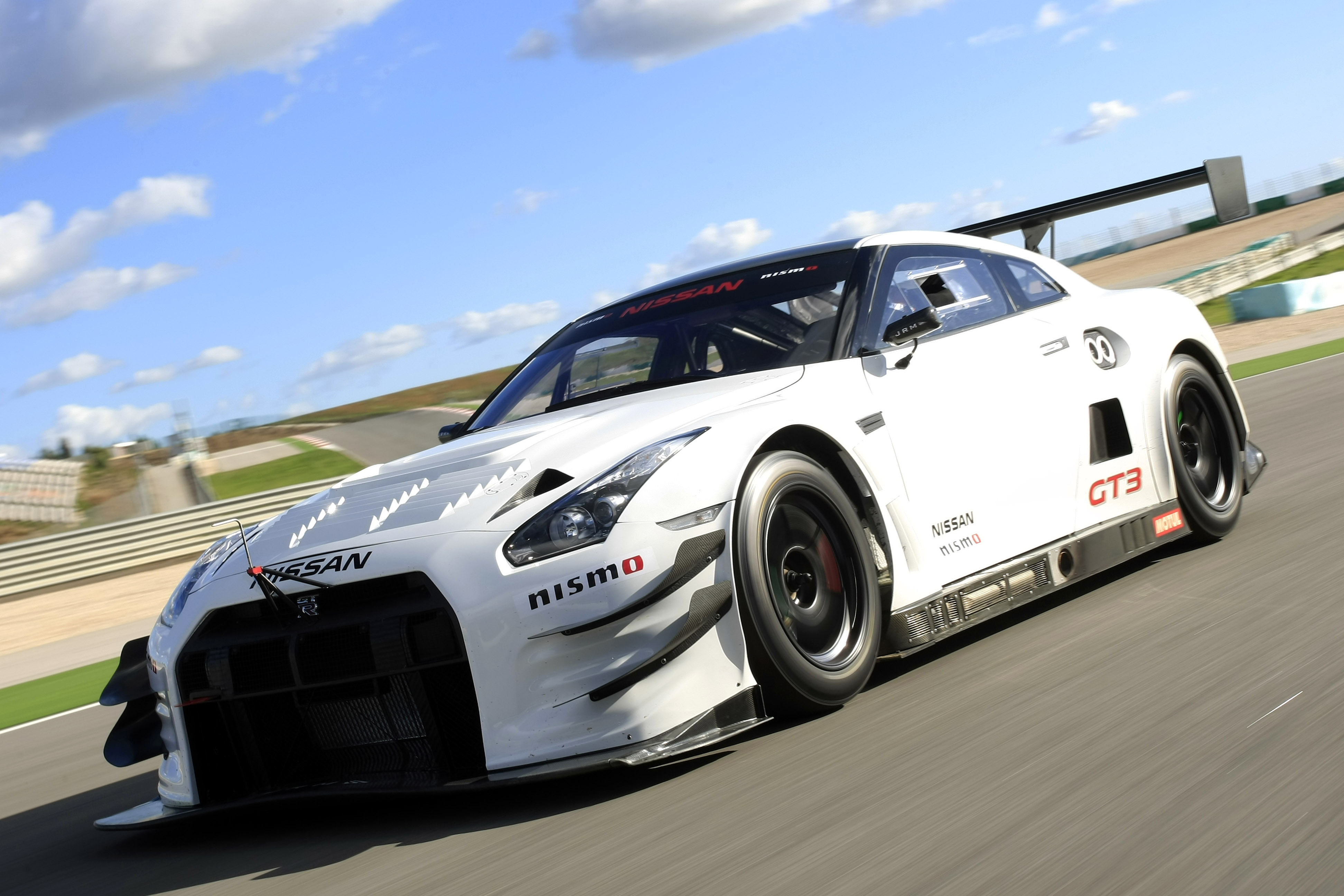GT exhausts
The rigours of endurance racing make such events a real test of the machinery and the team behind it, and the exhaust system of any car or motorcycle needs careful consideration in its design, from the general layout through to the smallest details.
GT racing has always been the backbone of national and international endurance car racing. In the good times there is the money to support big-budget Prototypes, but there is always a very healthy, well supported base of GT teams that offer excitement and close racing, even thought the sometimes less competitive ‘top class’ often gets the bulk of TV coverage. The ‘strength in depth’ of GT racing is illustrated by the number of big name drivers it now attracts. Such competitive drivers, and the very level playing field in the GT classes, means the cars are now driven very hard for the full duration of the event. No longer does the field simply string out into a procession.
JRM Motorsport builds the Nissan GT-R cars that run in GT3 competition. Its chief engineer, Nigel Stepney, offered some insight into what the company is looking for from an exhaust system. I asked what the particular difficulties are in specifying a system for long-distance racing. Stepney says, “Achieving the correct balance between the weight of the system while retaining the reliability and performance are the fundamental aspects to consider for the exhaust system on any endurance race car, and no less so on a GT3 car”.
Packaging of exhausts is always a compromise – small-diameter pipes and tight radii are good for packaging, but can hurt performance owing to flow separation. It is important to try to package the components in a way that leads to the best possible performance, rather than simply find parts that fit easily but which can lead to slower lap times.
In terms of packaging the exhaust systems for GT racing versus Prototype racing, one extra item to consider is the requirement for catalytic convertors. These are not only bulky but can also be quite heavy, owing to the construction of the catalyst itself. Their physical bulk makes them awkward to package, and their mass means they exert forces on the rest of the system, which can reduce fatigue life under conditions of vibration, making the exhaust designer and fabricator think harder about the best solution for reliability.
Owing to the homologation aspect of GT racing, it is necessary to produce a single exhaust system design; different system designs are not allowed for Le Mans, for example, with its high proportion of straights. Given this constraint, compromises have to be made to reach the targets of sufficient durability, ease of maintenance and acceptable costs. It is important for a GT team running a tight budget not to have to replace exhaust systems before reaching the mileage target, and especially important that failures don’t happen in a race.
The choice of materials is one aspect of the exhaust specification that needs to be looked at carefully. Steel or stainless steel offer relatively cheap exhaust systems, and in many cases these can prove adequate. However, with turbocharged engines such as those in the GT-R, the high temperatures can significantly reduce exhaust component life. JRM therefore specifies Inconel, a well known high-temperature material that has found favour in the top levels of racing.
Formula One and NASCAR both have high duty cycles, and the exhaust temperatures are also very high, as is the case with a turbocharged GT car. So it should come as no surprise that all three turn to the same kind of materials to meet their durability targets, which for the Nissan GT-R is 5000 km, although parts will regularly be run further in testing. Running the parts further gives useful statistical information on failures, and is a good predictor of where beneficial design changes can be made.
 Fig. 1 - The JRM Nissan GT-R is a turbocharged GT3 car. It uses Inconel to achieve its durability target of greater than 5000 km (Courtesy of JRM)
Fig. 1 - The JRM Nissan GT-R is a turbocharged GT3 car. It uses Inconel to achieve its durability target of greater than 5000 km (Courtesy of JRM)
Written by Wayne Ward